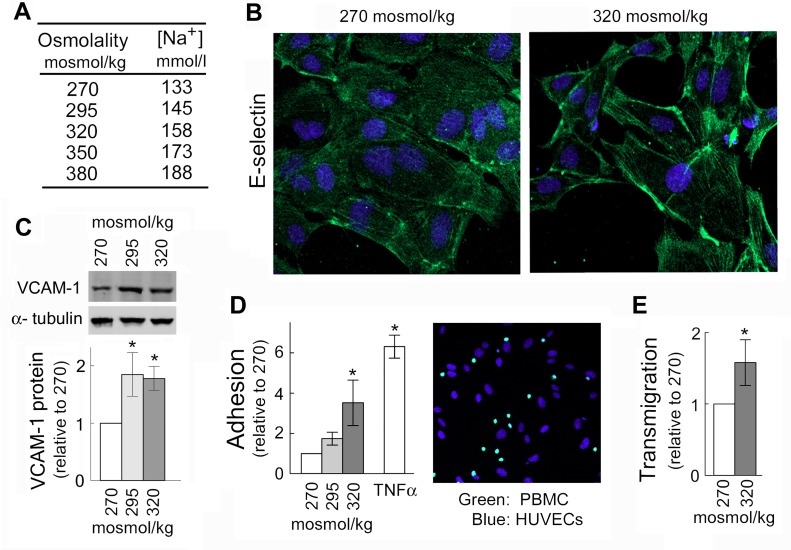Fig 2. Elevation of NaCl in cell culture medium promotes adhesion of peripheral blood mononuclear cells (PBMC) to HUVECs and their transmigration through HUVEC monolayer.
HUVECs were exposed to media in which NaCl was elevated for 4 days from 270 mosmol/kg to the total osmolality indicated in the figure panels. (A) The table shows sodium concentrations in culture medium of different osmolarities used in experiments shown on Figs 1 and 2. Note, that blood sodium range 135–145 mmol/l is considered normal; up to 160 mmol/l can be seen in people without symptoms (12); and higher levels are seen only in cases of severe hypernatremia in critically ill patients. (B) High NaCl increases E-selectin, a mediator for PBMC adhesion, in plasma membrane of HUVECs (representative IF image: green (Alexa488)—E-selectin, blue—cell nuclei stained with DAPI). (C) High NaCl increases VCAM-1 protein. Upper Panel: Representative Western Blot. Lower Panel: Quantification, relative to 270 mosmol/kg, normalized to tubulin (mean ±SEM, *P<0.05, t test, N = 3). (D) Elevation of NaCl within physiological range causes graded increase of adhesive properties of HUVECs. Left panel: Quantification of adhesion. Data are plotted as number of PBMC adhered to 1000 HUVECs (mean ±SEM, *P<0.05, N = 4, linearly dependent on NaCl concentration, P = 0.03). Note: Treatment with TNFα, known inducer of the adhesion was used as a positive control. Right panel: Representative image of stained cells used for the quantification of PBMC (green, calcein AM) attached to HUVECs (blue, DAPI). See methods for more details. (E) Exposure to elevated NaCl promotes transmigration of PBMC through HUVEC monolayer. Number of PBMC transmigrated in 6h was quantified relative to 270 mosmol/kg (mean ±SEM, *P<0.05, N = 3). See methods for more details.

